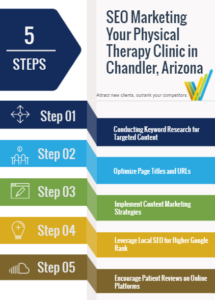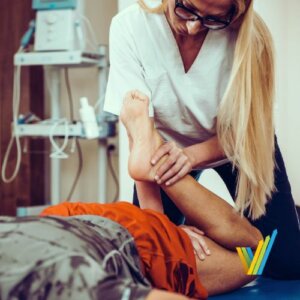Google’s changes always shoot your stress through the roof, don’t they? Will you, an honest business owner doing your best to follow their rules, suddenly find 25% of your business gone overnight?
It happens. Though Google seems to be getting better at wrongly punishing solid websites.
You remember “Mobilegeddon,” don’t you? Google announced the change would “significantly impact” its search results. SEOs freaked because:
Google almost never discusses algorithm changes before they happen
They used the specific phrase “significantly impact”
After all the dust settled from the update, Moz found the number of mobile-friendly web pages in Google’s search results increased just 2%.
In other words, no big deal.
But What about the Mobile-First Index?
Well, you don’t have to worry too much. Google’s Paul Haahr and Gary Illyes have both publicly said they expect minimal search results changes with the mobile-first index. So, no need to have a heart attack. Save yourself some stress. Panic over other business challenges you have.
What is the Mobile-First Index Anyway?
At this point, Google’s got a bit of a problem. It sees more mobile searches than desktop ones. But, prior to the mobile-first index (which it’s rolling out now), it only ranked your site based on the desktop version.
Google does an amazing job of meeting searcher demands. So, they’re working at meeting this change in behavior.
The mobile-first index is a separate index from the desktop one. Google treats a mobile-first version of a web page as the primary version to index ahead of the desktop one. You also get a slight rankings boost for having a mobile-friendly (aka “responsive”) website.
Most searchers will get mobile-first search results. And eventually, the desktop-only search results will go completely away.
What Should You Do, If Anything?
Fortunately, you don’t have to panic about unexpected costs in this case. If you’re my client, I’ve made your website “responsive,” so it offers a fluid user experience on both desktops and mobile devices. Since that’s the case, you don’t have to do anything.
On an ongoing basis, it’s important to check and make sure your website displays properly on your smartphone and tablet PC. It should be easy to press buttons so users can take actions. Your site should load in a couple seconds. Simple things like that.
Some companies have a desktop and mobile version with different content. They’ll have to make some back-end SEO changes with structured data to avoid a rankings loss.
But you? You’ll be fine. No need to worry about the mobile-first index at all!






